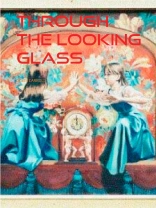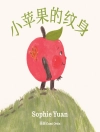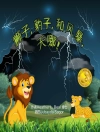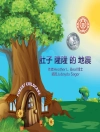Through the Looking-Glass, and What Alice Found There (1871) (also known as ‘Alice through the Looking-Glass’ or simply ‘Through the Looking-Glass’) is a novel by Lewis Carroll and the sequel to Alice’s Adventures in Wonderland (1865). Alice again enters a fantastical world, this time by climbing through a mirror into the world that she can see beyond it. There she finds that, just like a reflection, everything is reversed, including logic (running helps you remain stationary, walking away from something brings you towards it, chessmen are alive, nursery rhyme characters exist, etc) Through the Looking-Glass includes such verses as ‘Jabberwocky’ and ‘The Walrus and the Carpenter’, and the episode involving Tweedledum and Tweedledee. The mirror which inspired Carroll remains displayed in Charlton Kings.
A propos de l’auteur
Charles Lutwidge Dodgson, best known by his pseudonym, Lewis Carroll, was born in the village of Daresbury, England, on January 27, 1832. … As a boy, Carroll excelled in mathematics and won many academic prizes. At age 20, he was awarded a studentship (called a scholarship in other colleges) to Christ College.












